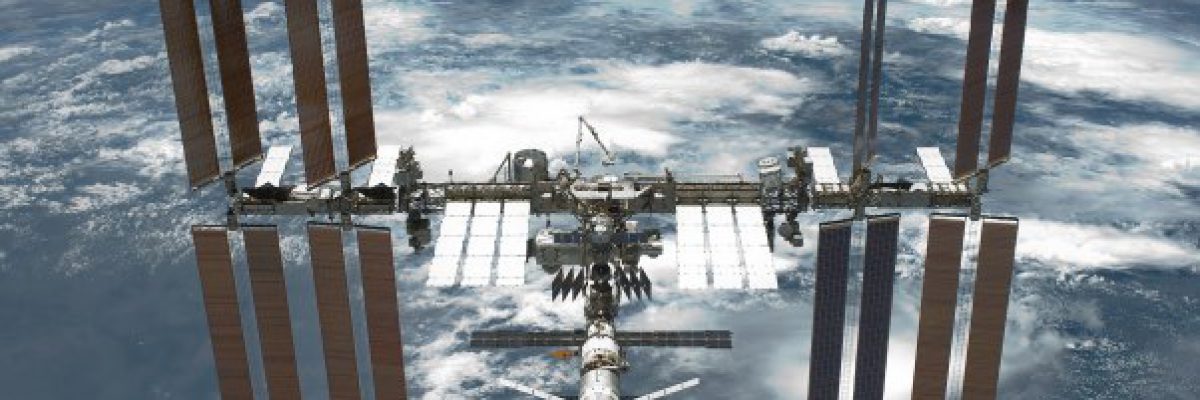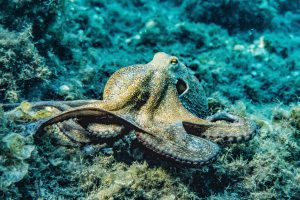The International Space Station is a research craft that holds astronauts from the US and other countries (or Russian cosmonauts). So far, 230 people have visited it and performed a myriad of experiments. The ISS moves in low earth orbit averaging at heights of 400 km. It is funded by five different space agencies –NASA, Canadian Space Agency, Japanese Space Agency, European Space Agency and the Russian Space Corporation, Rocosmos. The agencies have come to agreements regarding the ISS usage. Additionally, the station’s control centers are spread out across the globe. Its cost is estimated at 100 billion Euros.
You can follow the station’s route and location in the following link:
https://www.heavens-above.com/
The station orbits Earth at 27,000 mph and circles it every 91 minutes (16 times a day). The station’s length is 109 meters, 51 meters wide and 20 meters high. It is comprised of 15 parts that were transported in separate missions. Provisions for the space station are sent once every few months using the Russian Soyuz spacecraft, Japanese spacecrafts and private spacecrafts. The station crew fly exclusively in the Soyuz spacecraft, which is also used as rescue spacecraft. The US space program ceased shuttle operations in 2011. The Soyuz spacecraft and rockets were manufactured by the Russians in the 60’s and 70’s and are still in use to date. They are often called “space taxis” as they do not have the capacity to stay in space longer than a day or two. New modern shuttles are being developed that are meant to replace the Soyuz spacecraft.
The space station uses solar energy and has life-sustaining systems that maintain constant atmospheric pressure, oxygen and water levels (every drop of water is collected and recycled). Each astronaut has a personal sleeping compartment that is constantly ventilated in order to avoid suffocation from the astronaut’s carbon dioxide bubble created while sleeping.
Occasionally, the station may hit space debris, which can cause serious damage. The biggest concern regarding space debris is whether a puncture or hole occurs to the space station construction from which oxygen can escape. (For more details, refer to Adi Drucker’s Space Junk article using the link below)
https://economarks.com/en/space-junk/
The Astronauts activity and long-term stay in space is studied and examined. It provides a platform for understanding and exploring human needs and technology needed to reach and populate more distant destinations such as the Earth’s moon, Mars and beyond. These programs once considered science fiction are becoming more realistic these days.
Click below to learn of 15 ways the Space Station benefits earth:
https://www.nasa.gov/mission_pages/station/research/news/15_ways_iss_benefits_earth/








